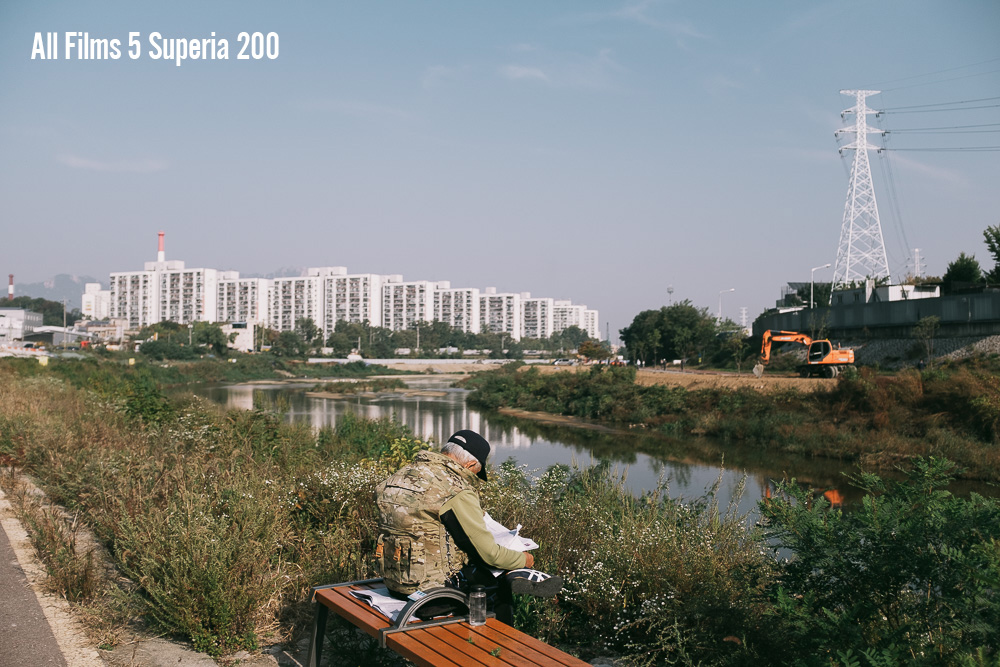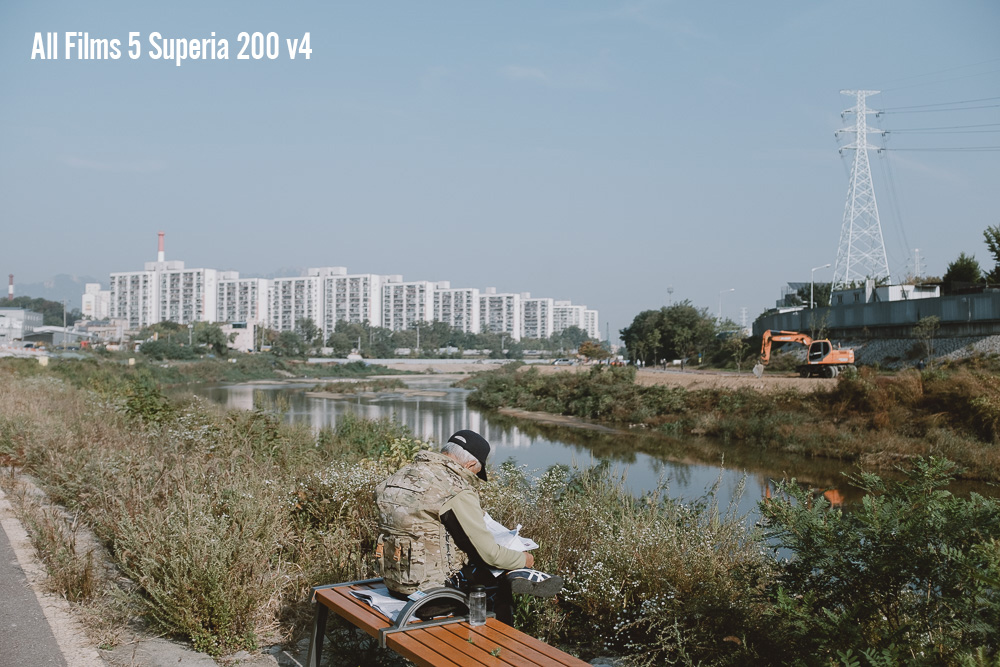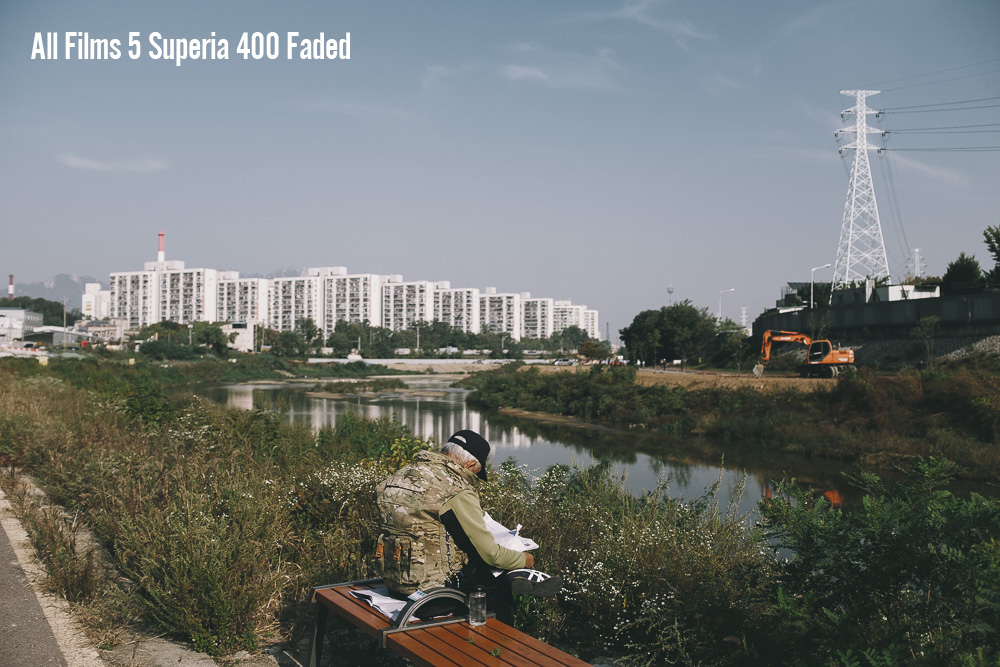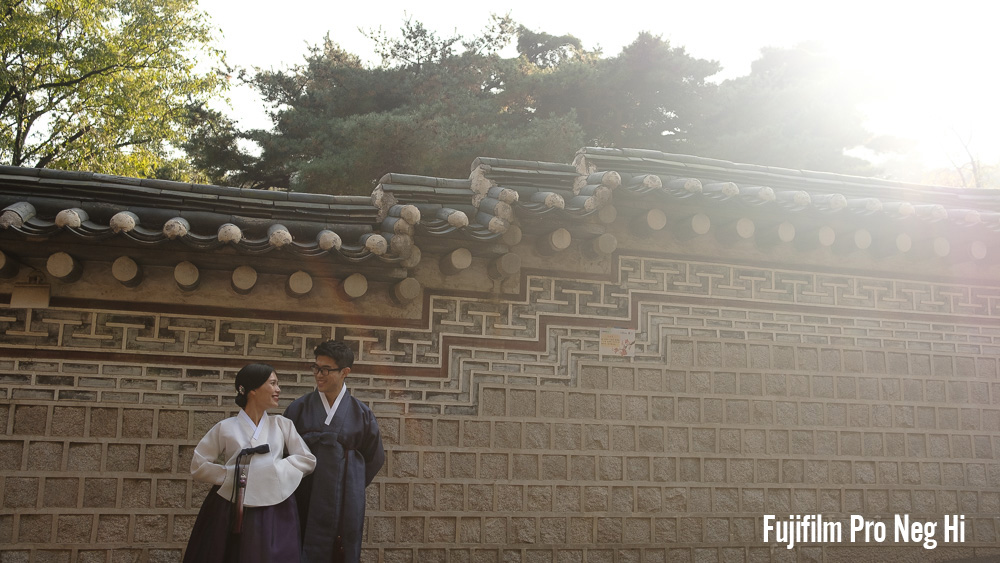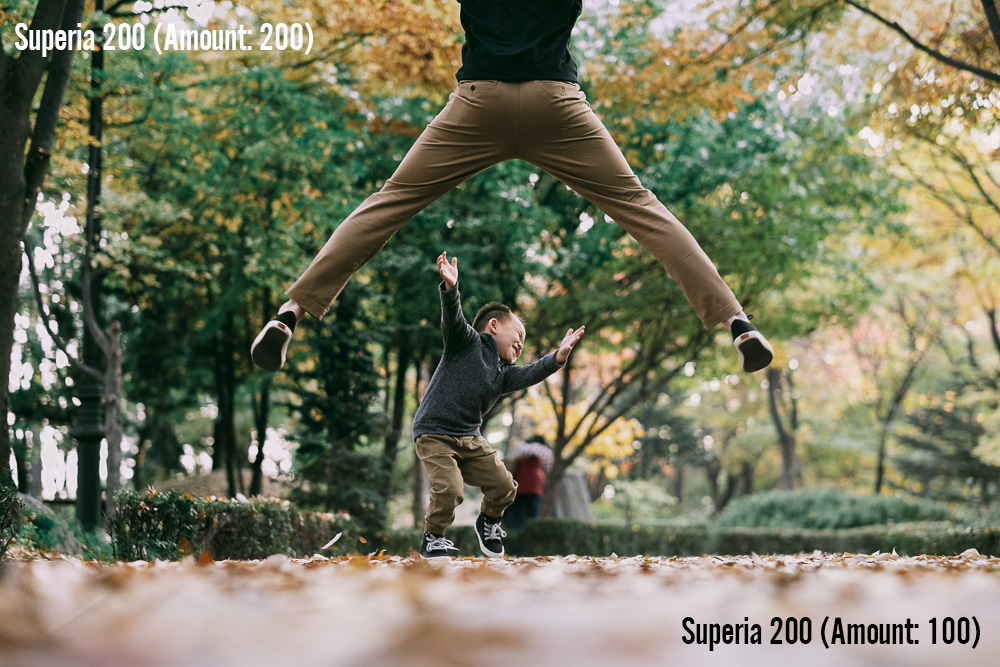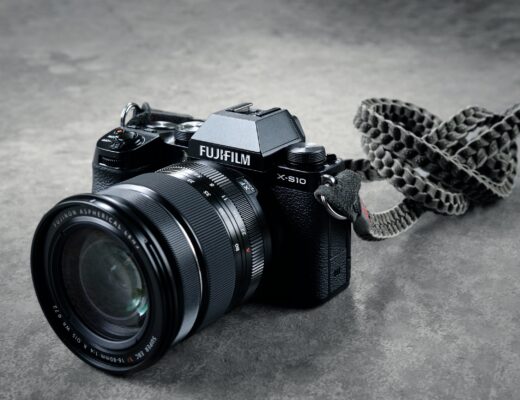Today, we’ll be taking a look at the All Films 5 Film Simulation pack for Adobe Lightroom from Really Nice Images. Presets can make for a great way to start your post-production and give your images a headstart before you even get into detailed post-production. All Films 5 offers a way to get your digital colours looking a bit more filmic from the get-go.
Before we even begin looking at the presets available in this pack and how they affect images, one thing should be clear. This is a look at All Films 5 as what it is. We won’t be comparing this to scans of film stocks (those vary so wildly from lab to lab and everyone has their own preferences) or discussing why use presets at all (there’s no convincing those who do or don’t use presets of the other camp’s beliefs). We’ll be taking a look at RNI All Films 5 and discussing its merits and shortcomings while comparing films in its repertoire to Fujifilm’s own digital Film Simulations. With that said, let’s first understand what All Films 5 brings to the table.
What is All Films 5?
All Films 5 is a collection of film-like presets that aim to bring a little bit of the analogue magic back to digitial photography. Two versions are available, Pro and Lite. The Lite version is a smaller selection of presets from the Pro version. Most of what is omitted are the variations on the main films, but I often find that those are the ones I like best! Overall, the pack is broken up into five main categories, black and white films, instant films, negative films, slide films, and vintage films. These all have clean and grainy options, which gives you plenty of one-click ways to start your images off on the right foot in Lightroom.
How does All Films 5 Work?
Before we actually look at some images, let’s understand a little about how All Films 5 approaches your files. This new pack of “presets” (that’s in quotation marks because these are not really presets in the sense that they save settings for your Lightroom sliders, they simply set a Camera Profile which takes care of the rest) separates itself from previous All Films releases by taking full advantage of Adobe’s updated “camera profiles”. The evolution of these profiles to allow for a camera profile (Lightroom’s way of interpreting data from a specific camera model), Lightroom engine commands (a way to instruct Lightroom under the surface), and a LUT (Look-up Table) all to be stored within a single “camera profile” has allowed RNI to incorporate a lot more subtlety and refinement into this release. Since Lightroom now supports native fading of camera profiles, you can also dial in exactly the amount of the All Films preset you’d like to apply to your image. As you’ll see below, this allows for a lot of flexibility. It also allows them to be synced to Lightroom mobile and used on the go!
Fujifilm Equivalents
One of the things that interested me most when RNI asked me to test their new pack was actually how it would stack up to my beloved Fujifilm Film Simulations. I use these as a base for my own edits and very rarely go to my software’s native interpretation of the files. So, I wanted to see if there would be any benefit to using the similar options available in All Films 5.
For those with older cameras and a little bit of Film Simulation Envy (it’s real, and it affects thousands of photographers a year), All Films 5 might just give you access to something similar in post-production. We know that new Classic Negative looks phenomenal and that it’s based on the concept of the Superia line of films. Since All Films 5 includes a set of Superia “emulations”, let’s take a look at some of those below. Since I don’t have an X-Pro3 for testing and the X-T3 firmware hasn’t been released yet, we’ll be looking at these as a stand-alone to see if we like them. These are just three of the Superia options included with All Films 5, but I feel like they all contain elements of what I love about the Superia stock. The faded blues are there, the shifted greens, the gorgeous contrast and skin times. There are definitely some good options.
Now let’s take a look at one of my most used Fujifilm Film Simulations, Pro Neg Hi. To my eye, this has always been a nod to Fujifilm’s 400H emulsion but with a cleaner feel, so I decided to compare it with All Films 5’s Fujifilm Pro 400H. While the difference here is stark enough that perhaps it doesn’t make a lot of sense to compare them, what it does give you is a one-click solution to bringing a bit more life from the Pro Neg style look.
I also feel like it’s a good demonstration of the All Films approach to “highlight compression.” As you can see in the All Films version, the contrast and brightness are increased when compared to Fujifilm’s interpretation of the file, but the highlights retain much more detail and a more subtle roll-off. Looking at the tree in the top left corner, you’ll also notice a little more of a shift into those “film-like” greens that Fujifilm did not bake into their own Film Simulation.
We’ll take a look at two final “films” here that I feel exemplify the All Films 5 pack for Fujifilm users and those are Provia 100F and Velvia 100F. As a hoarder who still has a fridge full of Velvia 100F in both 35mm and 4×5, I wanted to take a look as I was never really happy with Fujifilm’s own Film Simulation of Velvia. I always felt it looked more like a high contrast negative film than a positive film. Be the judge for yourself, but I feel like the RNI emulations of both films here give a much greater feeling of looking at a slide on a light table. The contrast and colours are much more vibrant for both films without blowing out highlights or washing out the brighter tones. Neither is objectively better or worse, but it is certainly nice to have options!


Fading
One of the interesting features enabled by using the camera profile approach is the ability to fade the preset between 0 and 200 per cent strength. Each film starts out at its default strength of 100, but for some images, fading it or even adding a little extra can be a good way to get the look you’re after. Unlike presets that work with Lightroom’s sliders, All Films 5 presets are able to shift the colours further without ever over-saturating or over-exposing parts of your image. As a simple example, I have included a shot with All Films 5 Superia 200 set to both 100 and 200 on the amount slider. This shows the subtlety that is possible with this system. The major differences here are in the greens, but small shifts are also visible in the oranges.
In Conclusion
While this pack, like all preset packs, is not for everyone, it does offer some great starting places for developing your Fujifilm raw files. Unlike many other offerings, the All Films 5 presets are subtle and nuanced. They operate at the raw level, which means they work well for all camera models and will give similar results across brands in a single click. I loved being able to fade back the strength of the presets, especially with the instant films which can get overbaked really quickly.
Though I loved the extensive collection of presets available in All Films 5, I would have liked to see a couple of additional black and white films like Acros or TMax P3200 and perhaps a few more off-beat colour negative films. These are small gripes, however, as the pack has a style for nearly every image you might want to process. Overall, I’m impressed by the quality and quantity of the films in this pack.


